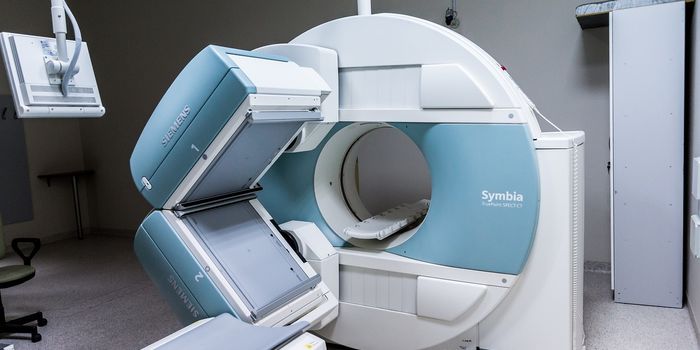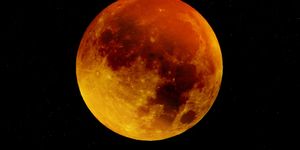3-D Printing Piezoelectric Materials
According to a study published in Nature Materials, piezoelectric materials found in our phones to musical greeting cards may be getting an update. The study describes newly developed methods to 3D print piezoelectric materials that can be custom made for the conversion of movement, impact and stress from at any direction to electrical energy. "Piezoelectric materials convert strain and stress into electric charges," explained Xiaoyu 'Rayne' Zheng, assistant professor of mechanical engineering in the College of Engineering.
Watch this video below to learn more:
Instead of conventional piezoelectrics, where the electric charge movements involve intrinsic crystals, the new 3D printing method allows users to prescribe voltage responses uniquely. "We have developed a design method and printing platform to freely design the sensitivity and operational modes of piezoelectric materials," Zheng said. "By programming the 3D active topology, you can achieve pretty much any combination of piezoelectric coefficients within a material, and use them as transducers and sensors that are not only flexible and strong, but also respond to pressure, vibrations and impacts via electric signals that tell the location, magnitude and direction of the impacts within any location of these materials."
A 3D printed, flexible energy harvester. (Photo by H. Cui of the Zheng Lab)
The uniqueness of 3D printing piezoelectric materials is no limitation on shape and size exists. The researchers essentially can use the material to be activated for other applications especially for the next generation of impact and vibration monitoring, developing intelligent infrastructures, production of smart materials for tactile sensing, and energy harvesting amongst other things.
The printed flexible sheet of piezoelectric material.
Credit: Virginia Tech
"We have synthesized a class of highly sensitive piezoelectric inks that can be sculpted into complex three-dimensional features with ultraviolet light. The inks contain highly concentrated piezoelectric nanocrystals bonded with UV-sensitive gels, which form a solution -- a milky mixture like melted crystal -- that we print with a high-resolution digital light 3D printer," Zheng said.
Source: Virginia Tech










